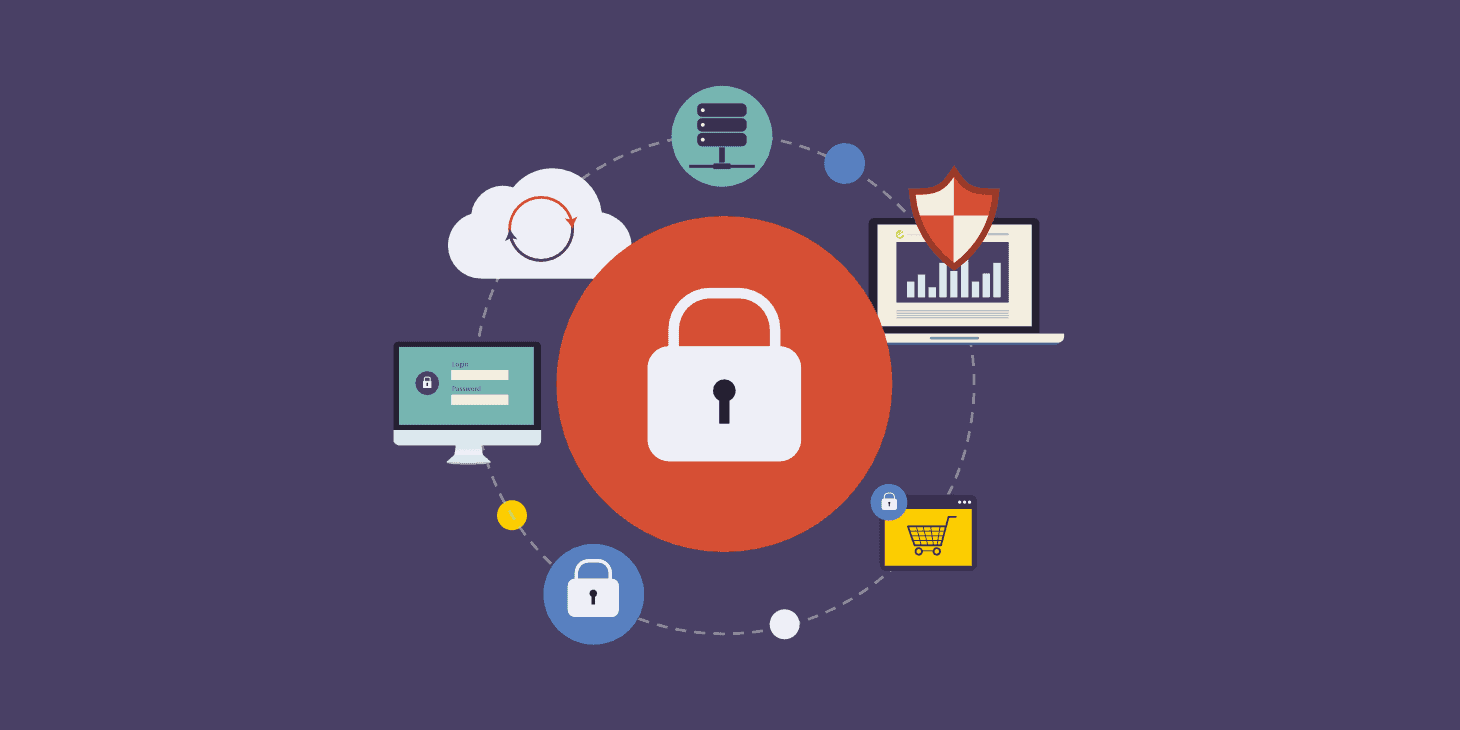
Online shopping has made our lives easier, enabling us to shop from the comfort of our homes and avoid crowds in physical stores. With just a few clicks, we can buy almost anything online, including electronic goods such as smartphones, laptops, and gaming consoles. However, shopping for electronics online comes with a risk of online fraud and identity theft. In this blog, we will discuss some tips for secure transactions when shopping for electronics online.








